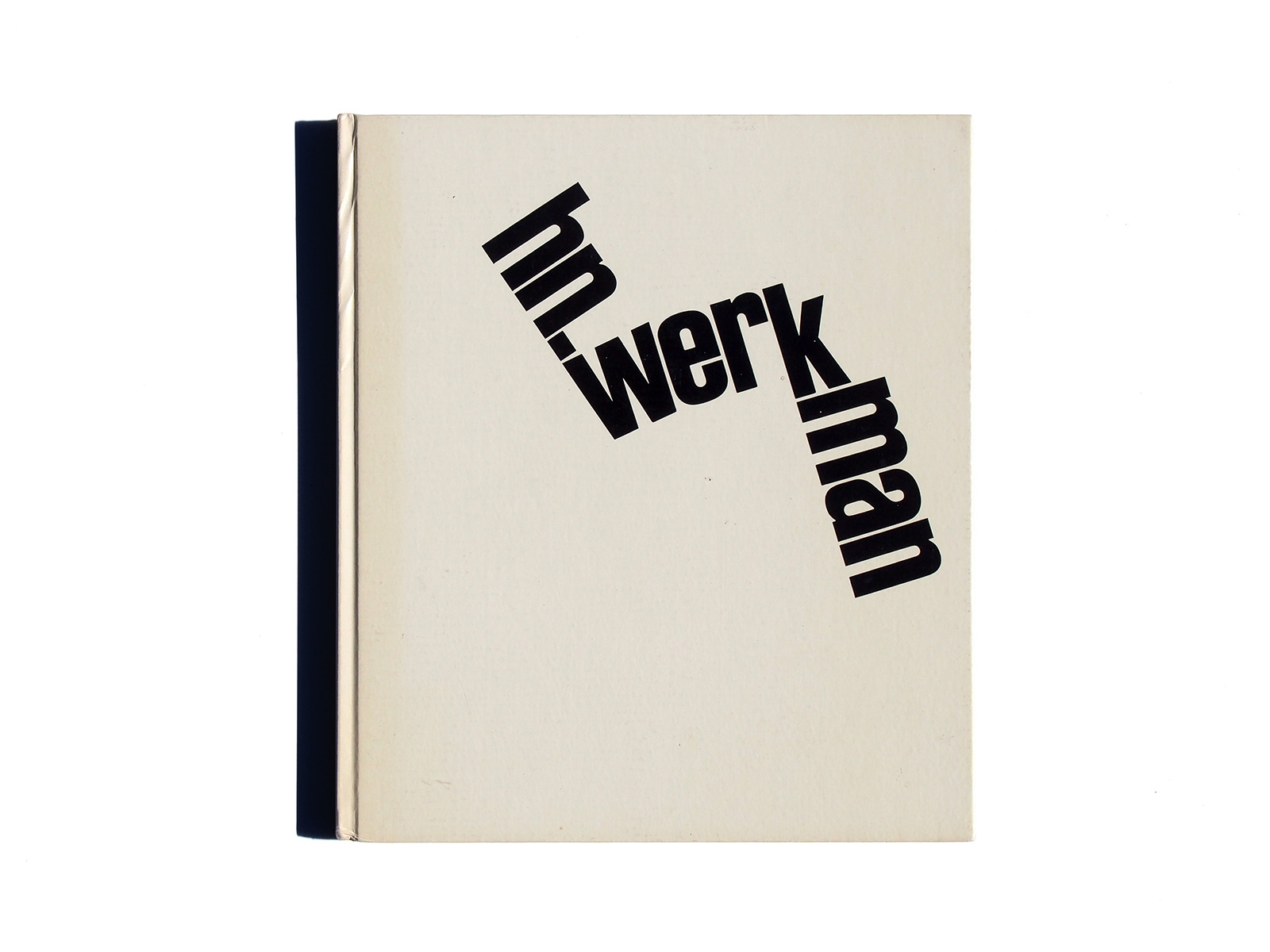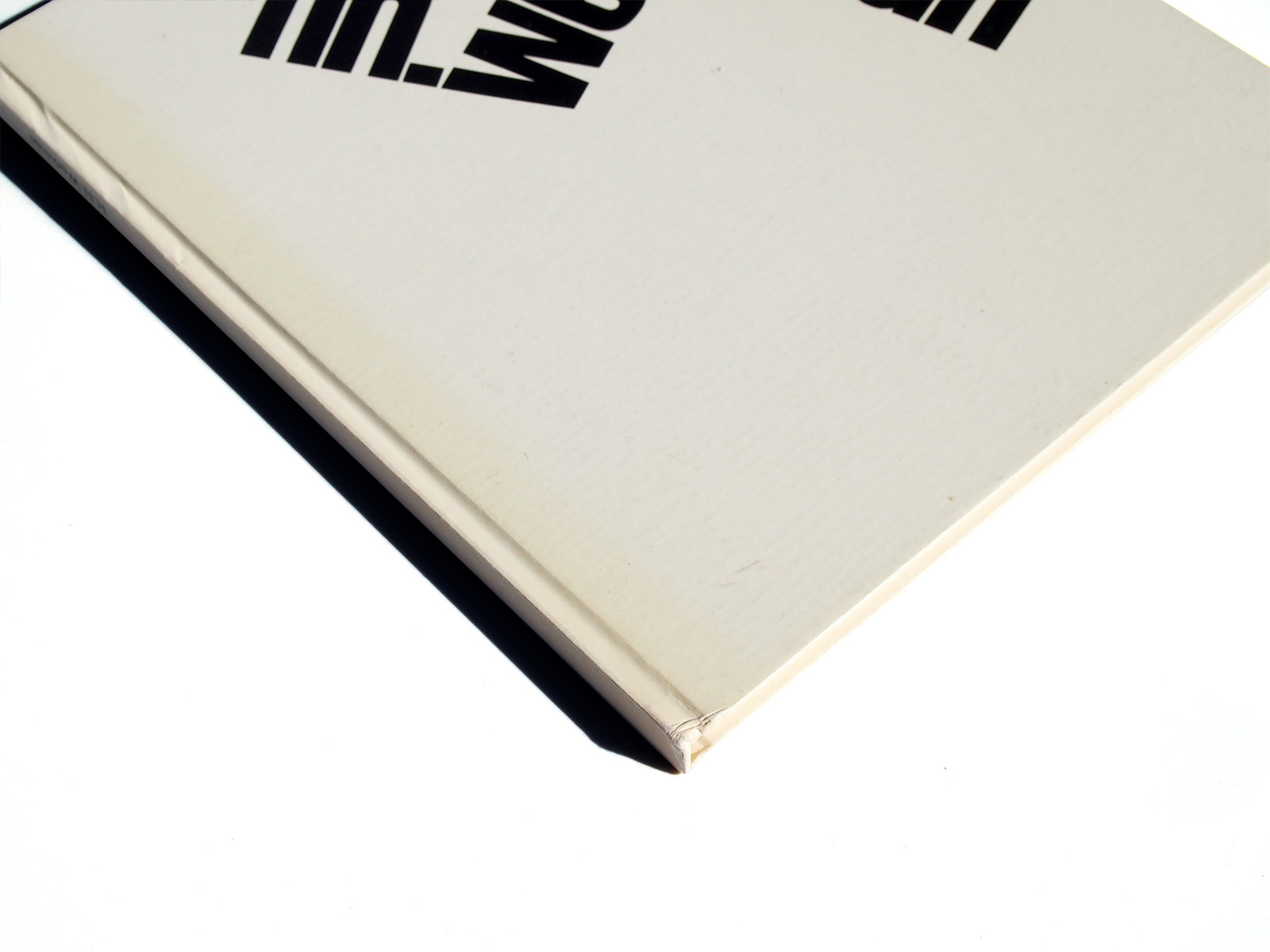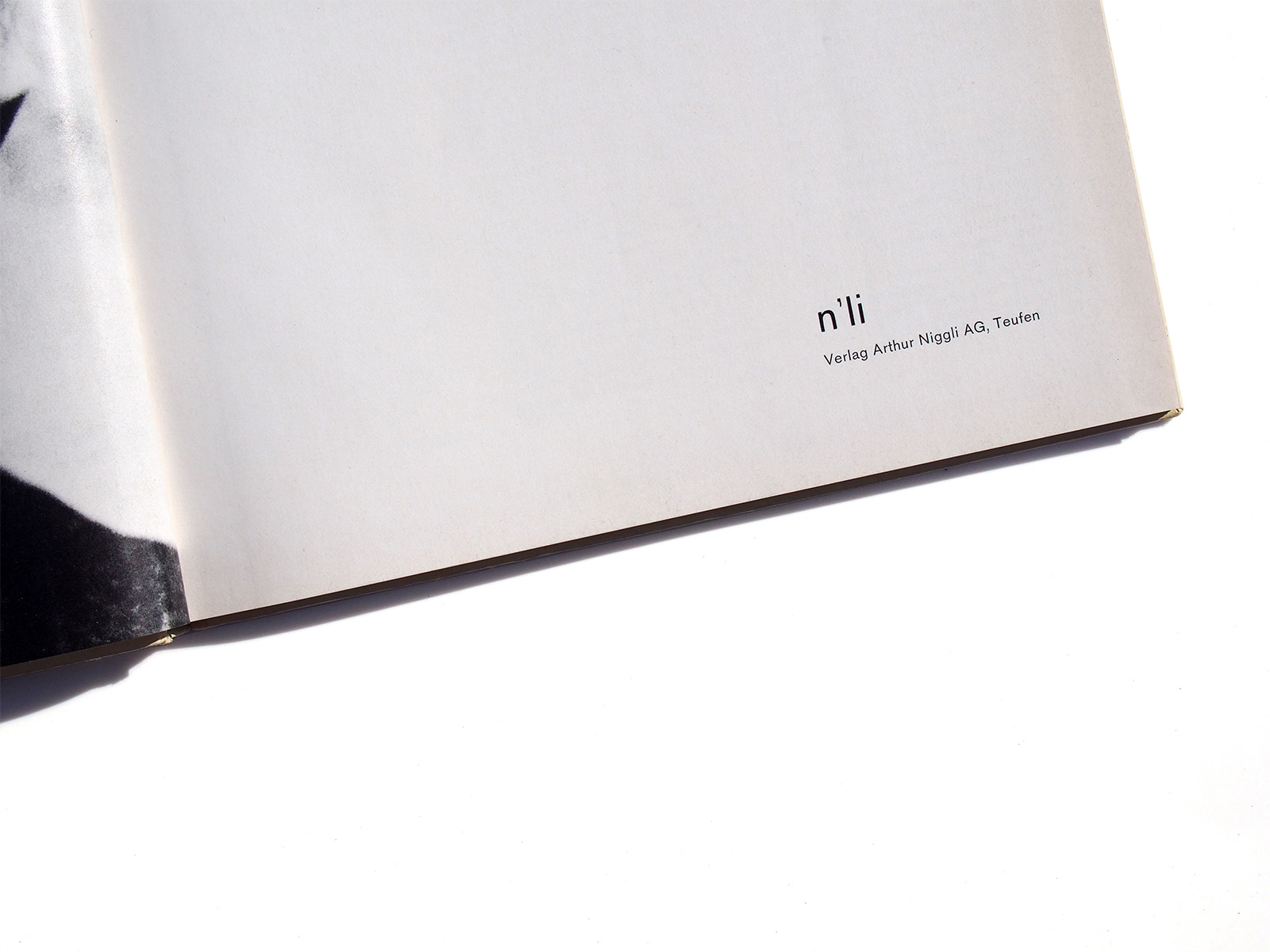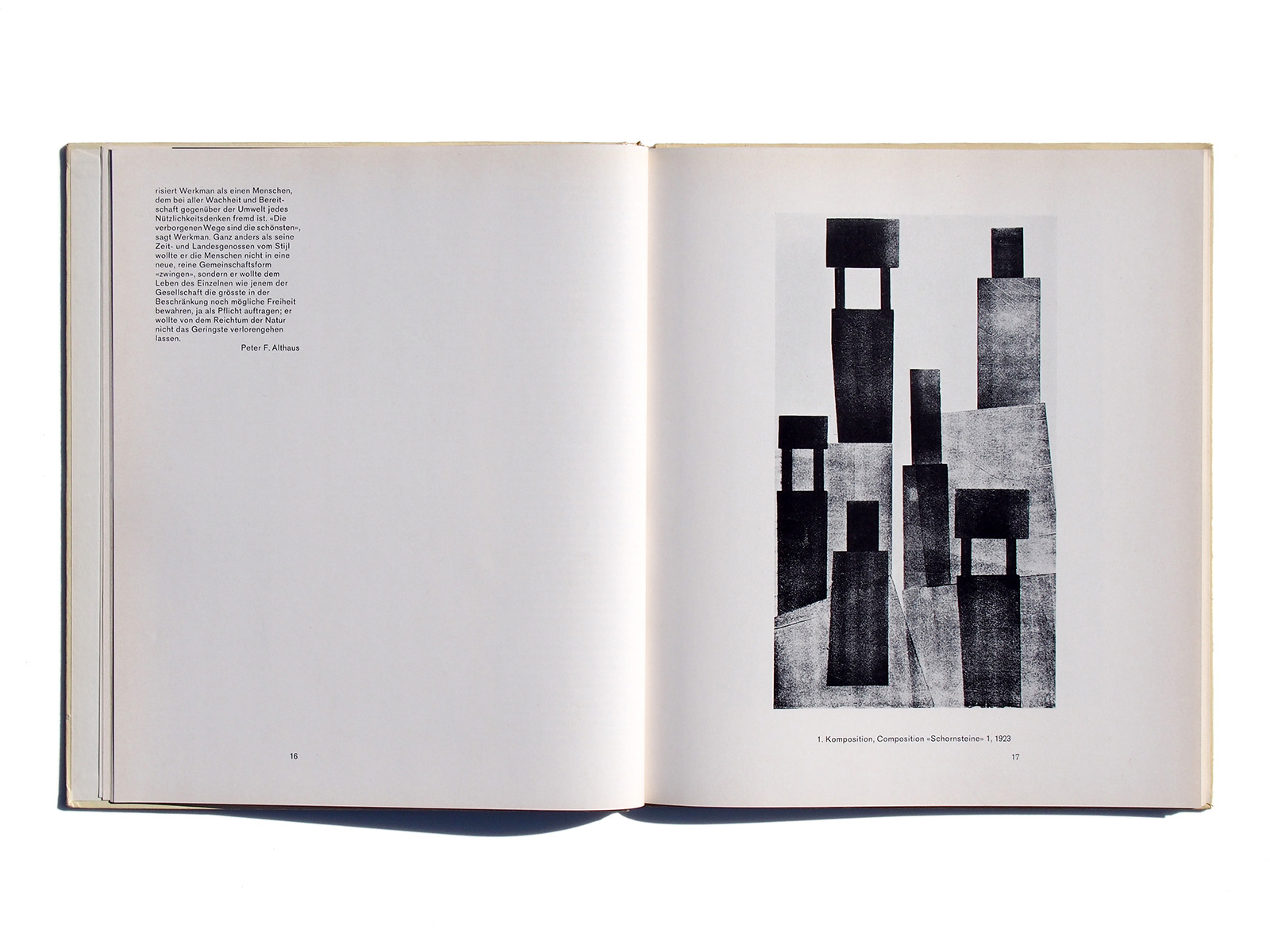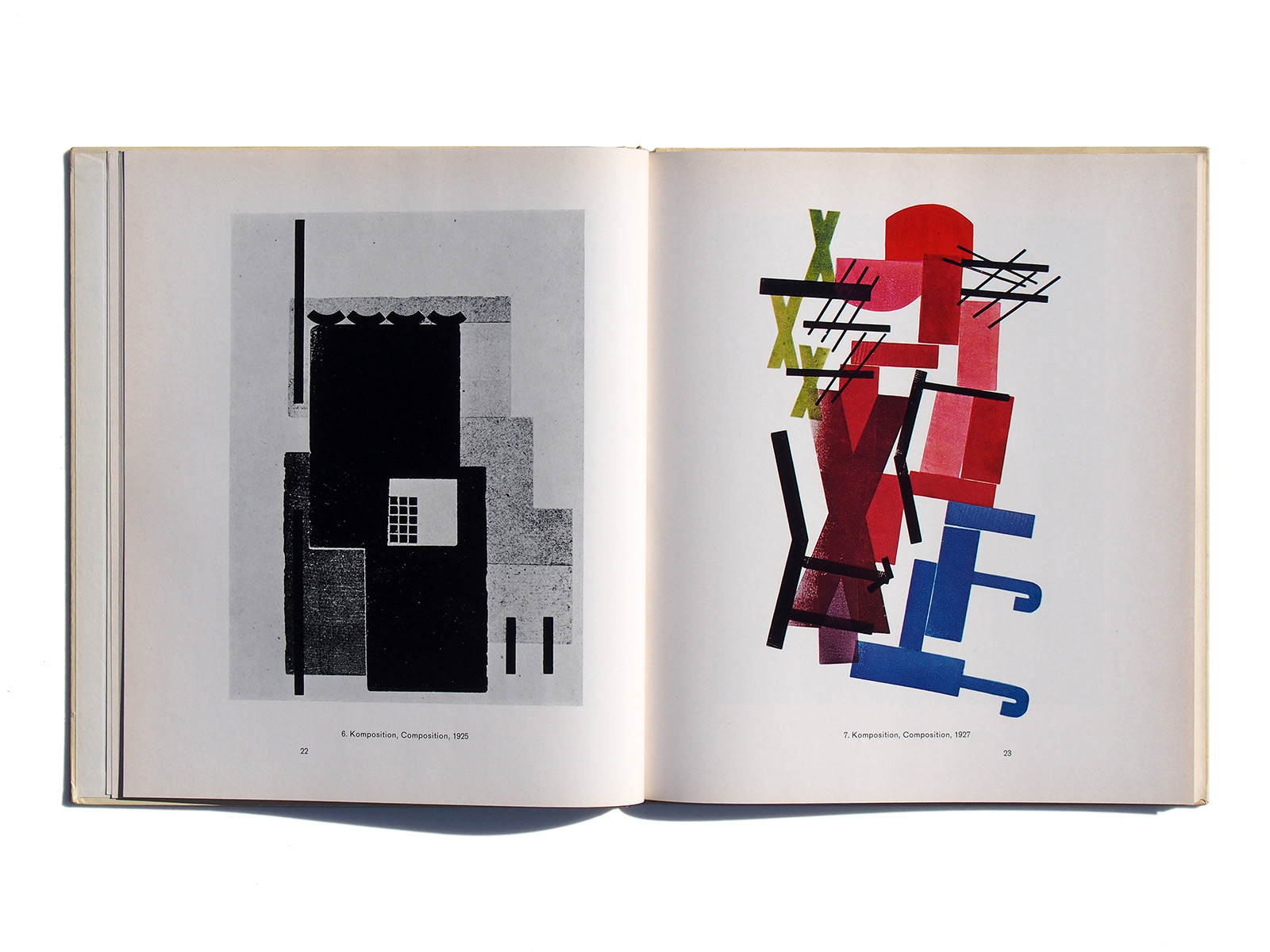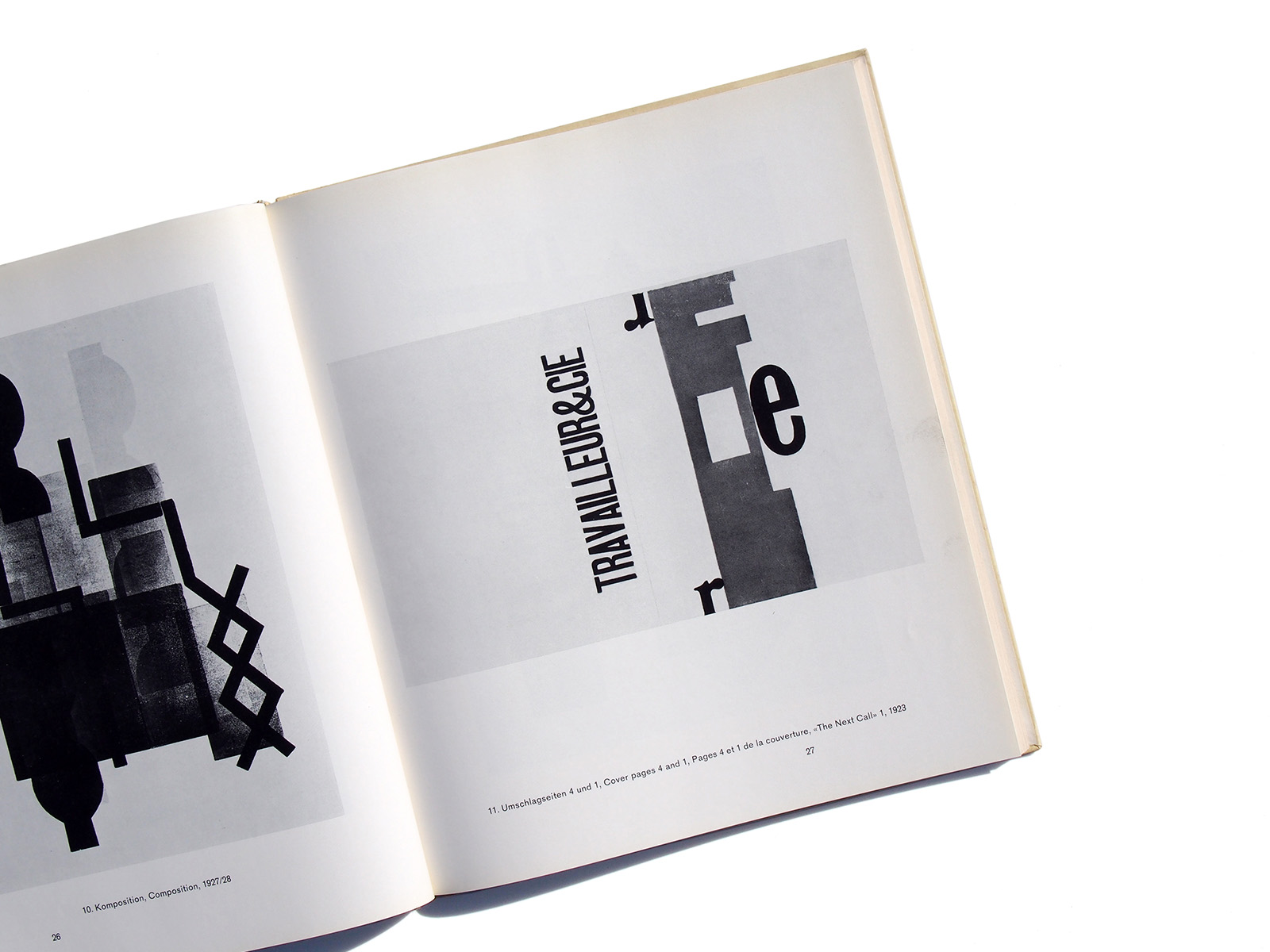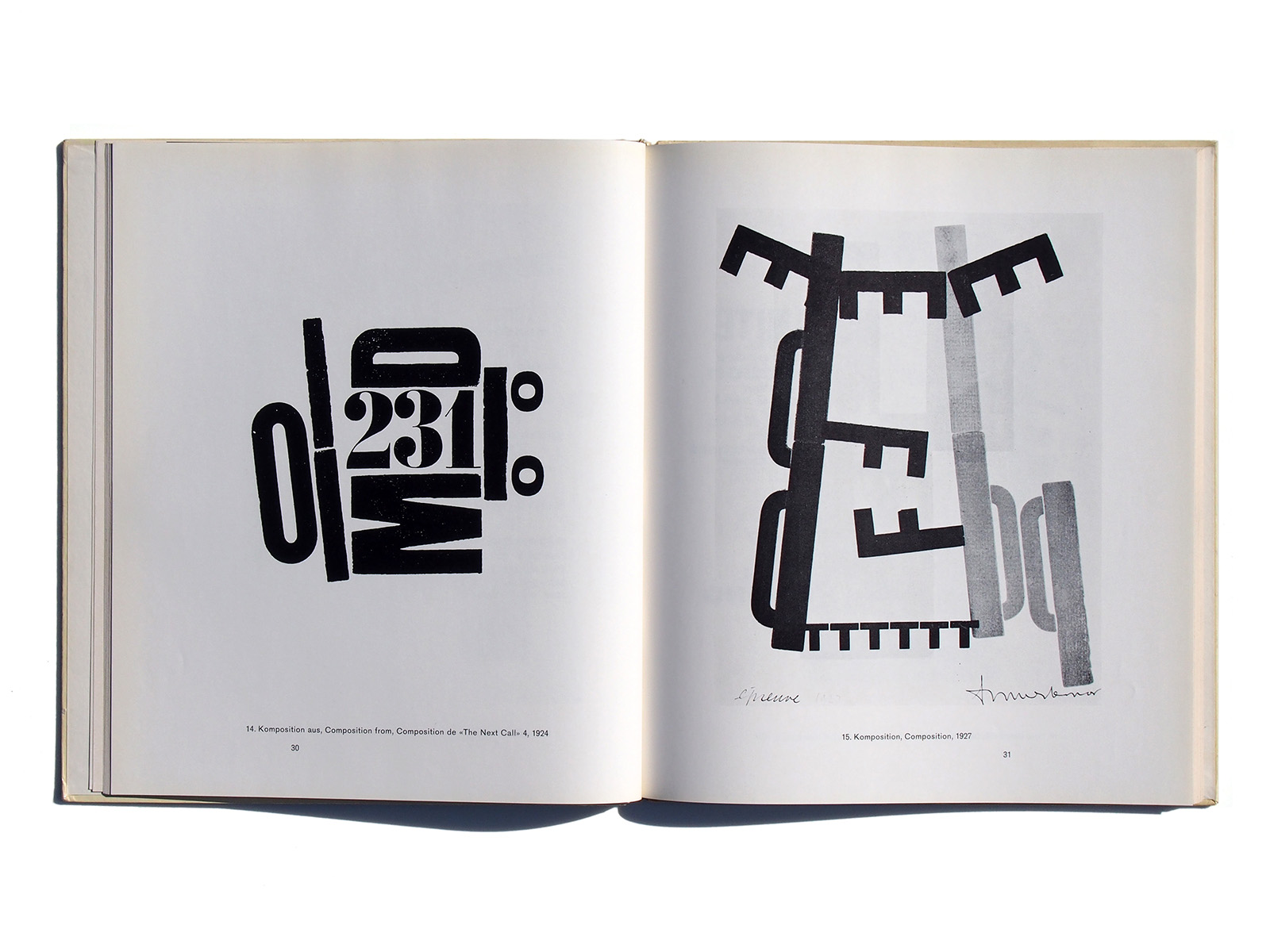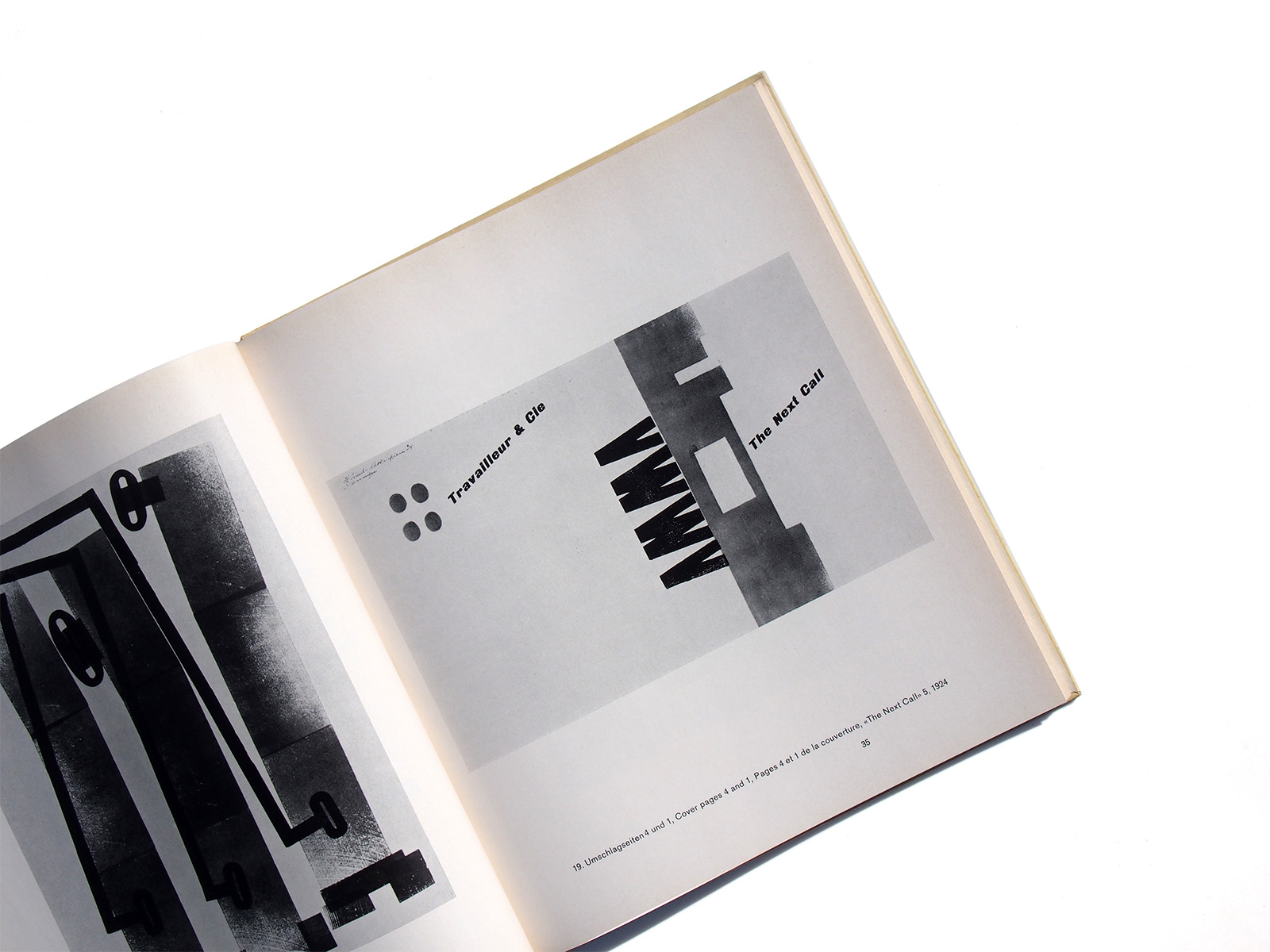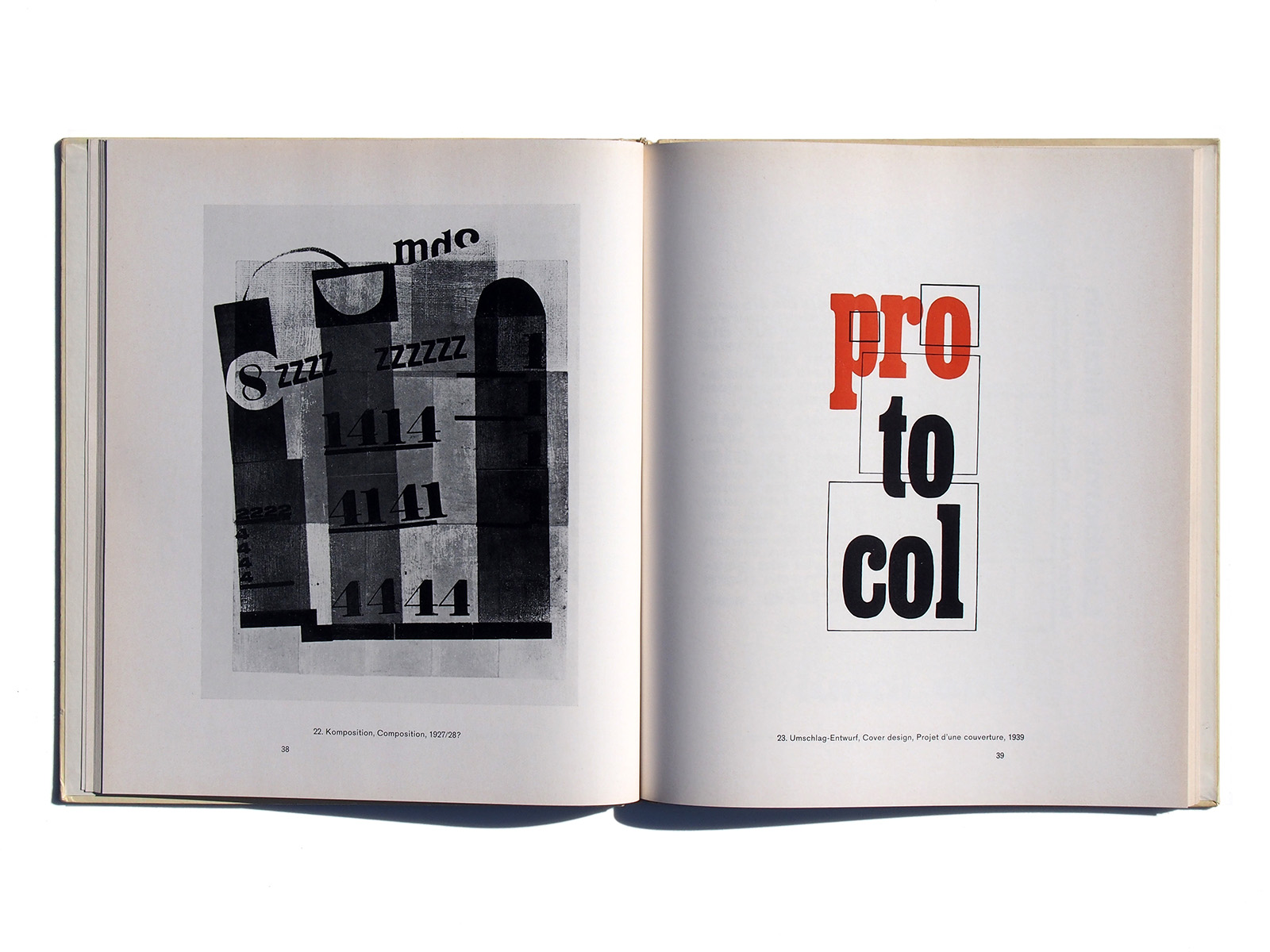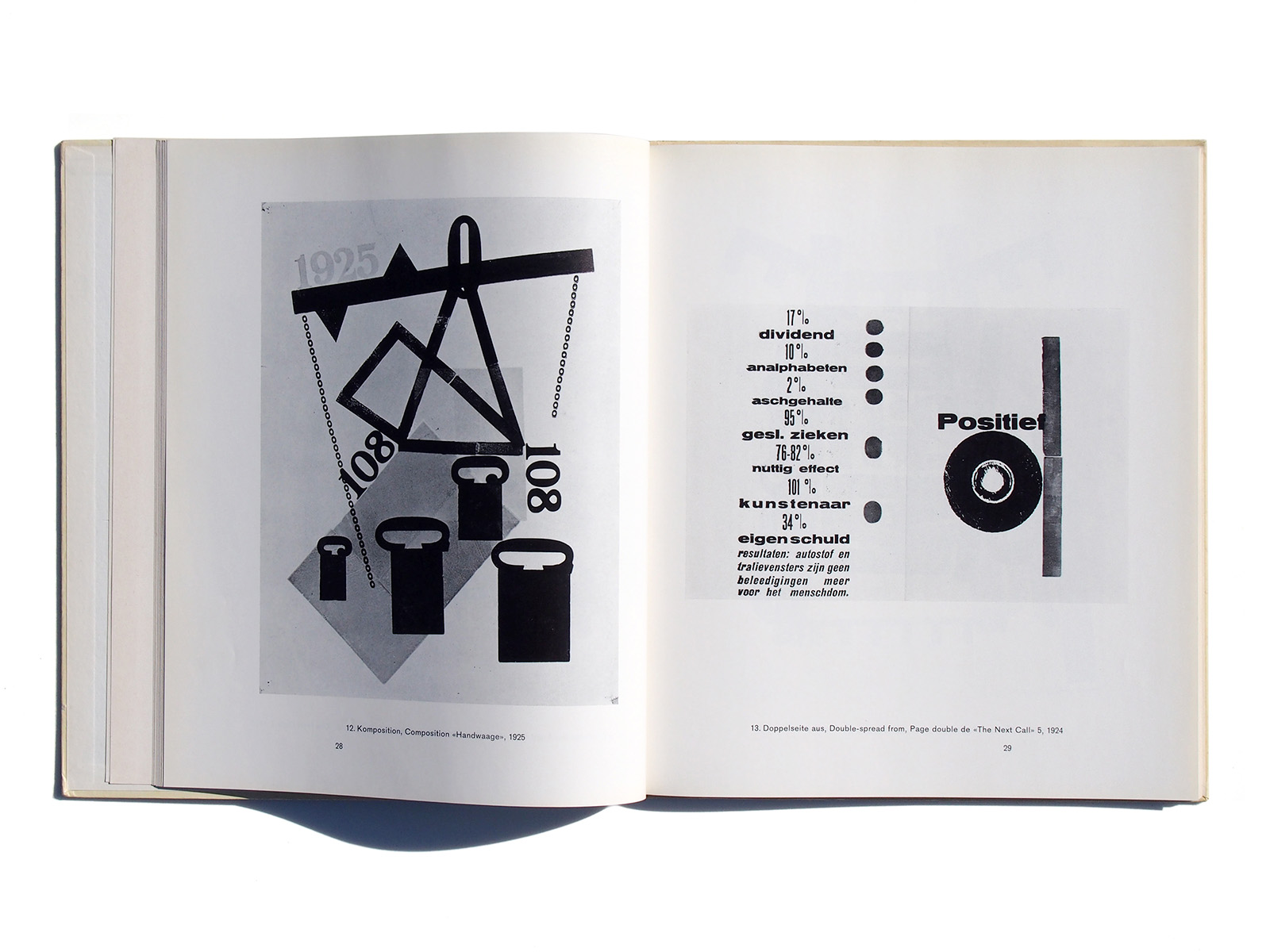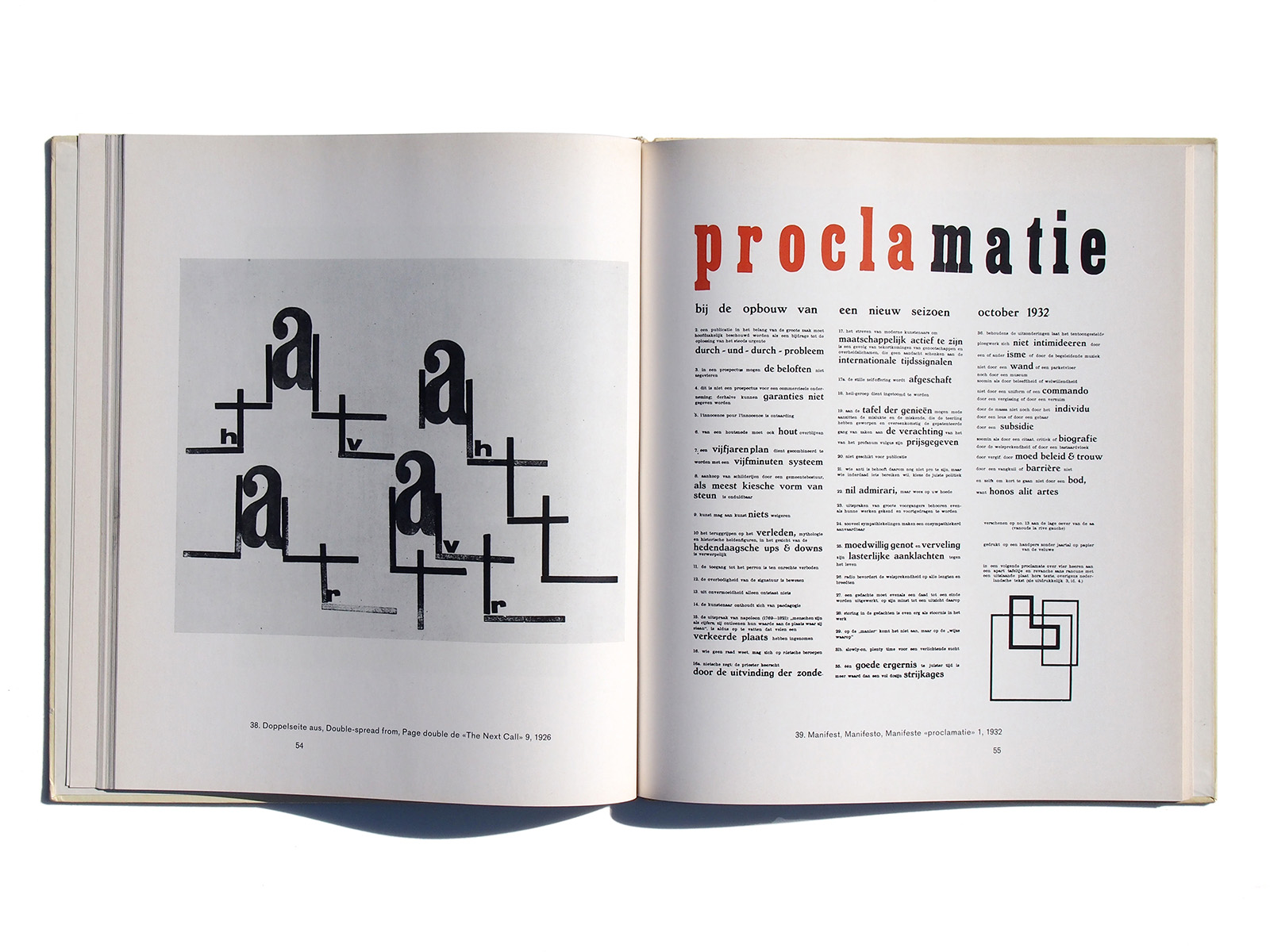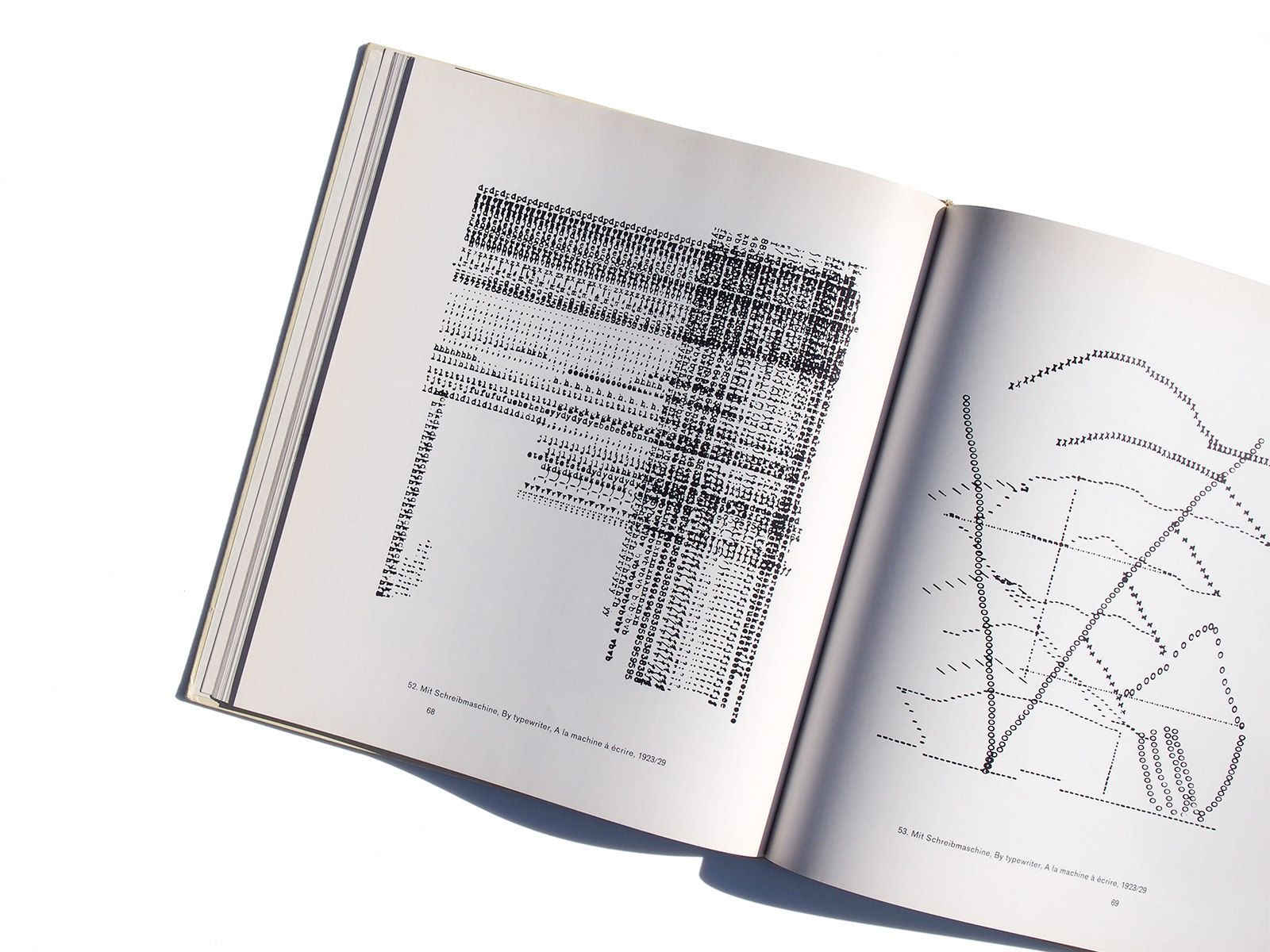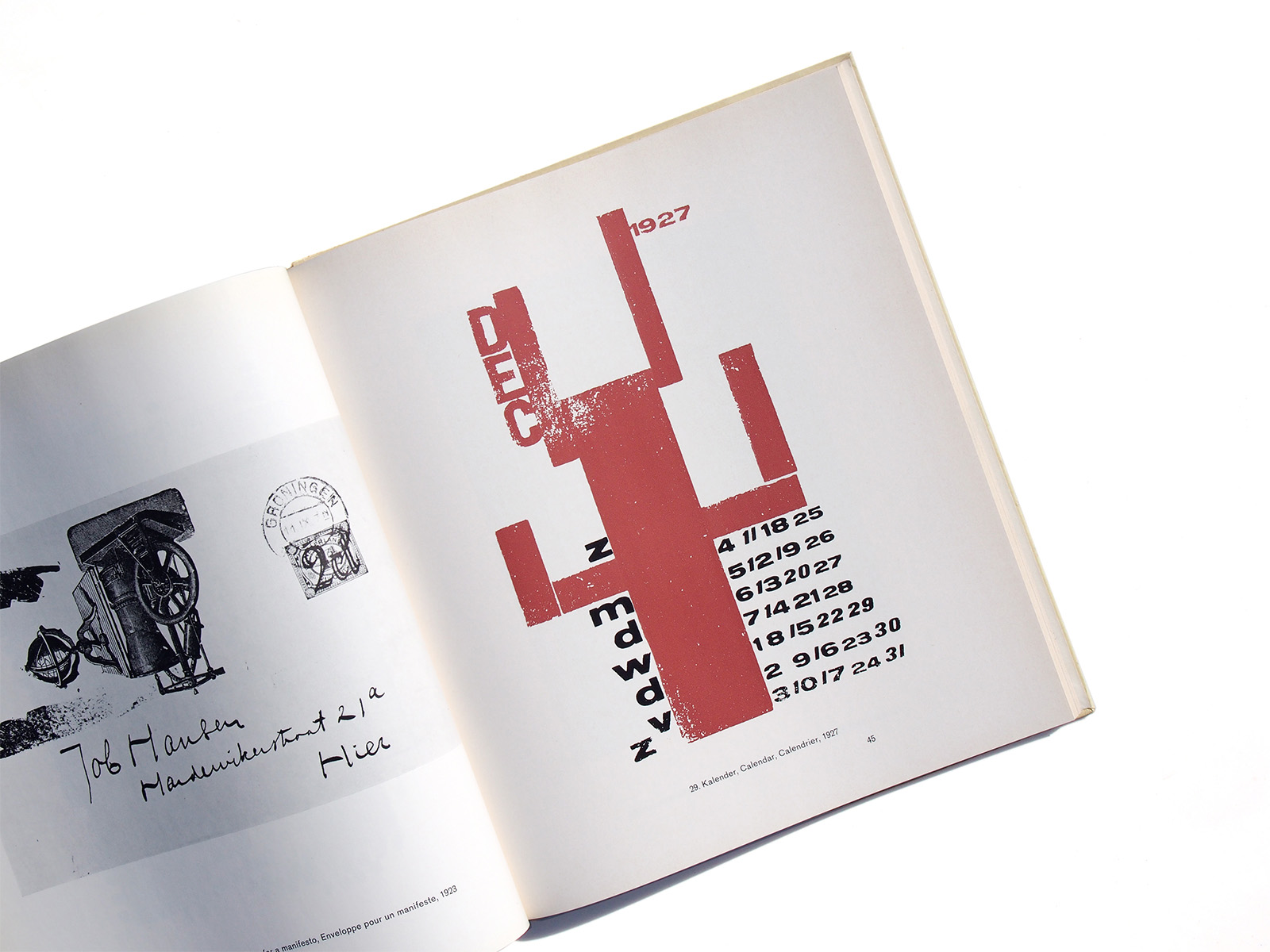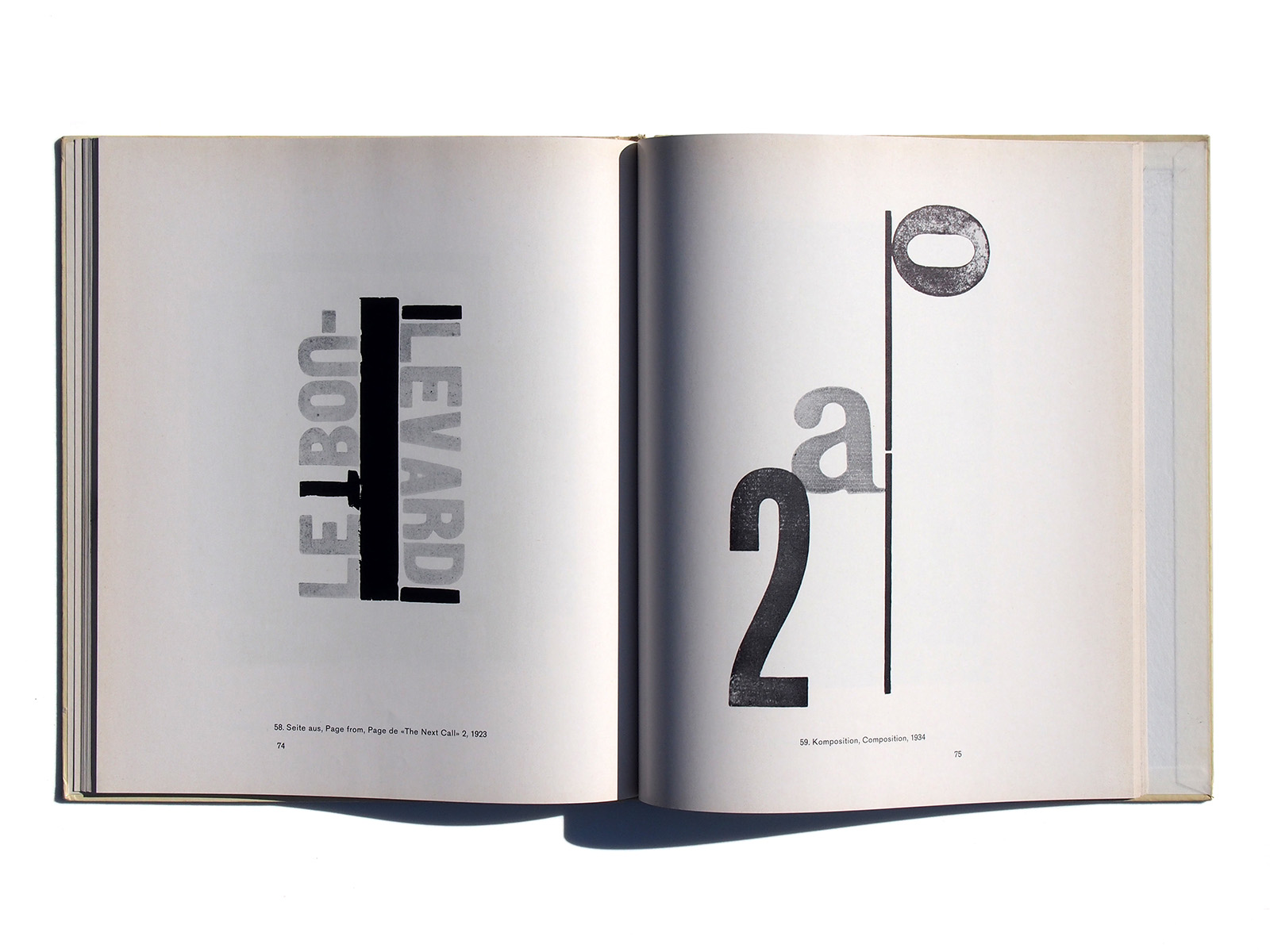Publisher: Arthur Niggli
Language: German French English
ISBN-10: –
ISBN-13: –
Product Dimensions: 24.3 x 21 cm
Release Date: 1967
Price: $100 USD (¥11,000 JPY)
Free Worldwide Shipment from Tokyo via airmail
Condition: good
minor tears in the corner
Edit and Design by Fridolin Müller
![]()
日本国内の方は下のボタンからご購入いただけます。
コンディション: 良い(角に微細なつぶれ、全体的にうっすらとヤケがありますが目立ったキズやダメージなく良好です)
![]()
*国内のみクリックポスト発送にて送料無料となります
銀行振込をご希望される方はこちらに直接ご連絡いただけるようお願いいたします。
info@page-spread.com
Hendrik Nicolaas Werkman (commonly called H.N. Werkman; 29 April 1882 – 10 April 1945) was a Dutch artist, typographer and printer.
Werkman was born in Leens, in the Dutch province of Groningen. In 1908, he established a printing and publishing house in Groningen that at its peak employed twenty workers. Financial setbacks forced its closure in 1923, after which Werkman started anew with a small workshop in the attic of a warehouse.
Werkman was a member of the artists’ group De Ploeg (“The Plough”), for which he printed posters, invitations and catalogues. From 1923 to 1926, he produced his own English-named avant-garde magazine The Next Call, which, like other works of the period, included collage-like experimentation with typefaces, printing blocks and other printers’ materials. He also used stenciling and stamping to achieve unique effects. He would distribute the magazine by exchanging it for works by other avant-garde artists and designers throughout Europe.
In May 1940, soon after the German invasion of the Netherlands, Werkman, together with his friend August Henkels and others, began publishing a series of Hassidic stories from the legend of the Baal Shem Tov through their clandestine publishing house De Blauwe Schuit (“The Blue Barge”). Running to forty publications, all designed and illustrated by Werkman, the series was a subtly rebellious commentary on the Nazi occupation and a call for spiritual resistance.
On 13 March 1945, the Gestapo arrested Werkman, executing him by firing squad along with nine other prisoners near the village of Bakkeveen on 10 April, three days before Groningen was liberated. Many of his paintings and prints, which the Gestapo had confiscated, were lost in the fire that broke out during the battle between German and Canadian forces over the city.
One of the main municipal secondary schools in the city of Groningen, the H.N. Werkman College was named after him and keeps Werkman’s heritage alive in its art classes and recurring special projects.
Hendrik Nicolaas Werkman
1882-1945
H.N.Werkmanと呼ばれているオランダのアーティスト、タイポグラファー。
印刷工房を営んでいたために、様々な実験的印刷技法を盛り込んだ作品が多く、なかでも「The Next Call」(全9号)が有名で、本書はStedelijk MuseumとHN Foundation Workmanにより刊行された作品集です。
